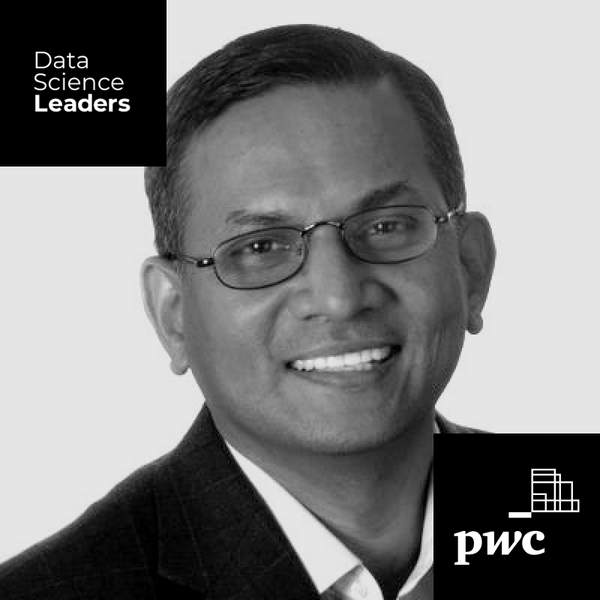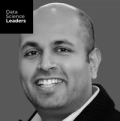episode 34
Embedding Responsible AI in Your Models and Your Team
Data Science Leaders | 44:26 | January 19, 2022

Listen how you want
Get new episodes in your inbox
Who uses the models that we create and how do they use them? Those key questions underpin the notion of responsible AI.
Since algorithms can have a significant societal impact, it’s vital that data scientists are aware of the broader context in which they may be applied.
In this episode, Anand Rao, Global Artificial Intelligence Lead at PwC, breaks down why responsible AI should be an important consideration for every data science team. Plus, he explains what you need to be successful in AI consulting, and why a portfolio approach to ROI is the best way to demonstrate value to the business.
We discuss:
- The difference between AI in the 1980s and today
- Why data science leaders should care about responsible AI
- The ingredients for an effective data science consulting practice
- ROI analysis in data science
Popular episodes

James Cham
Partner, Bloomberg Beta
EPISODE 71April 11, 2024
Unlocking the disruptive potential of generative AI: a VC perspective
Listen Now | 28:49
Volodimir Olexiouk
Director of Scientific Engagement and Data Science Team Lead, BioLizard
EPISODE 70March 28, 2024
Overcoming the data challenges of AI-driven drug discovery
Listen Now | 36:49
Rahul Todkar
Head of Data and AI, Tripadvisor